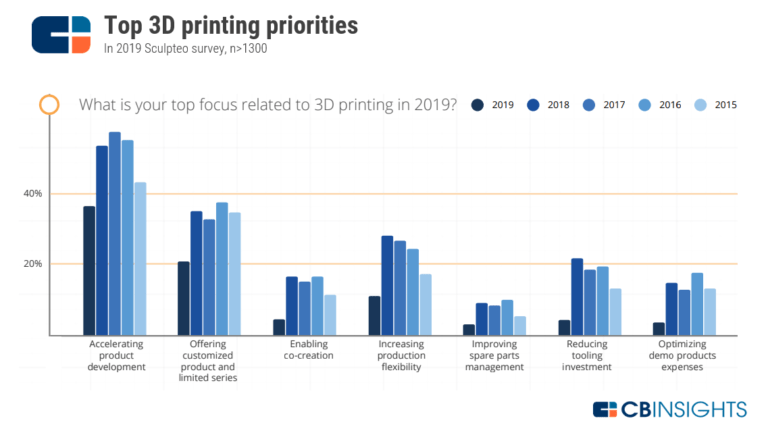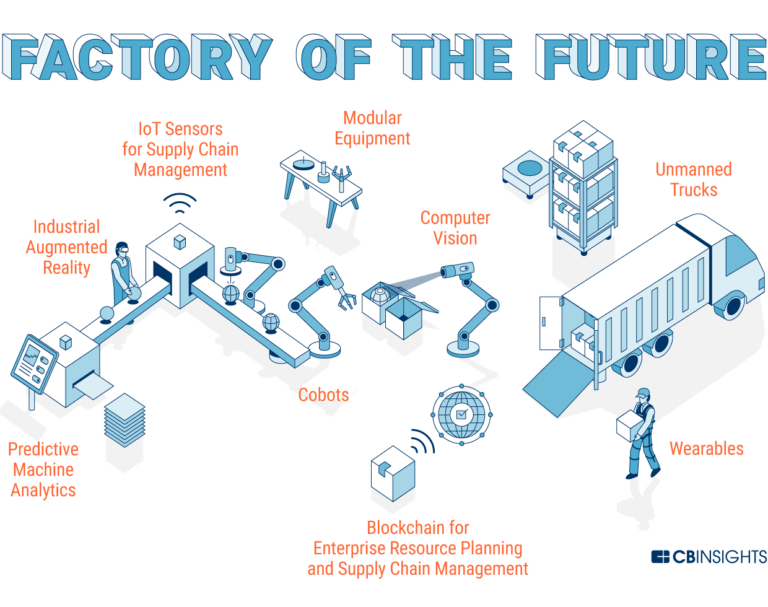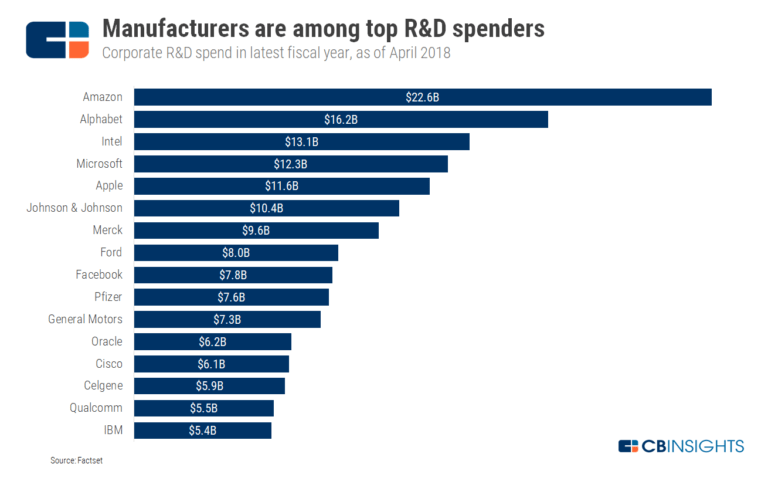And today's story, from CB Insights:...The reason for highlighting nano is two-fold.When it becomes ubiquitous, the distinctions blur, the drive for creativity recedes, stasis, then death.
1) Since Feynman coined the word there has been a misconception among investors that there would be a nano-technology "industry". This has proven not to be the case and won't be in the future. Rather nano is a tool, an approach toward problem solving.
There will be some breakthroughs that make their discoverers instantly (after 10 years of research) wealthy but the real beneficiaries will be companies like Kyocera and 3M and Siemens. They will use the technology to do what they are already doing, just better, faster, cheaper, more.
2) In spite of the fact that there will be few pure plays we are convinced that nano combined with advances in materials science and manufacturing technology is what will spur the next secular bull market....
Wait what? Entropy! I meant to co-opt the physically precise concept of entropy to metaphorically describe the trend. Not death.
No, death bad, Sand Hill Road good.
From advanced robotics in R&D labs to computer vision in warehouses, technology is making an impact on every step of the manufacturing process.
“Lights-out manufacturing” refers to factories that operate autonomously and require no human presence. Because they don’t need human supervision, they don’t require lighting, and can consist of several machines functioning in the dark.
While this may sound like science fiction, these kinds of factories have been a reality for more than 15 years.
The Japanese robotics maker FANUC has been operating a “lights-out” factory since 2001, where robots build other robots completely unsupervised for nearly a month at a time.
“Not only is it lights-out,” said FANUC VP Gary Zywiol, “we turn off the air conditioning and heat too.”
To imagine a world where robots do all the physical work, one simply needs to look at the most ambitious and technology-laden factories of today.
In June 2018, the Chinese e-commerce giant JD.com unveiled a fully automated storage and shipping facility in Shanghai.
The factory is outfitted with twenty industrial robots that can pick, pack, and transfer packages with no human presence or oversight.
Without robots, it would take as many as 500 workers to fully staff this 40K square foot warehouse — instead, the factory requires only five technicians to service the machines and keep them working.
As industrial technology grows increasingly pervasive, this wave of automation and digitization is being labelled “Industry 4.0,” as in the fourth industrial revolution.
So, what does the future of factories hold?
To answer this, we took a deep dive into 8 different steps of the manufacturing process, to see how they are starting to change:
- Product R&D: A look at how platforms are democratizing R&D talent, the ways AI is helping materials science, and how the drafting board of tomorrow could be an AR or VR headset.
- Resource Planning & Sourcing: On-demand decentralized manufacturing and blockchain projects are working on the complexities of integrating suppliers.
- Operations Technology Monitoring & Machine Data: A look at the IT stack and platforms powering future factories. First, factories will get basic digitization, and further along we’ll see greater predictive power.
- Labor Augmentation & Management: AR, wearables, and exoskeletons are augmenting human capabilities on the factory floor.
- Machining, Production & Assembly: Modular equipment and custom machines like 3D printers are enabling manufacturers to handle greater demand for variety.
- Quality Assurance (QA): A look at how computer vision will find imperfections, and how software and blockchain tech will more quickly be able to identify problems (and implement recalls).
- Warehousing: New warehouse demand could bring “lights-out” warehouses even faster than an unmanned factory, with the help of robotics and vision tracking.
- Transport & Supply Chain Management: Telematics, IoT, and autonomous vehicles will bring greater efficiency and granularity for manufacturers delivering their products.
Despite representing 11.6% of US GDP, manufacturing remains an area of relatively low digitization — meaning there’s plenty of headroom for automation and software-led improvements. In fact, in 2017, 76% of manufacturers reported having a smart factory initiative in the works.
Manufacturing is deeply changing with new technology, and nearly every manufacturing vertical — from cars, to electronics, to pharmaceuticals — is implicated. The timelines and technologies will vary by sector, but most steps in nearly every vertical will see improvement.
Read on for a closer look at how technology is transforming each step of the manufacturing process.
1. Product R&D
From drug production to industrial design, the planning stage is crucial for mass-production. Across industries, designers, chemists, and engineers are constantly hypothesis testing.
Will this design look right? Does this compound fit our needs? Testing and iterating is the essence of research and development. And the nature of mass-production makes last-minute redesigns costly.
Major corporations across drugs, technology, aerospace, and more pour billions of dollars each year into R&D.
In the highly-scientific world of R&D, high-caliber talent is distributed across the globe. Now, software is helping companies tap into that pool.
When it comes to networking untapped talent in data science and finance, platforms like Kaggle, Quantopian, and Numerai are democratizing “quant” work and compensating their collaborators. The concept has also already taken off with pharmaceutical R&D, though it’s growing elsewhere as well. On-demand science platforms like Science Exchange are currently working across R&D verticals, and allow corporations to quickly solve for a lack of on-site talent by outsourcing R&D.
While R&D scientists may seem non-essential to the manufacturing process, they are increasingly critical for delivering the latest and greatest technology, especially in high-tech manufacturing.
Companies are exploring robotics, 3D printing, and artificial intelligence as avenues to improve the R&D process and reduce uncertainty when going into production. But the process of hypothesis testing has room for improvement, and tightening iteration time will translate to faster and better discoveries.
Robotics & 3D printing speed up product development across verticals
Accelerating product development is the #1 priority for firms using 3D printing, according to a recent industry survey.
Moreover, most 3D printing use is directed at prototyping new technology.

3D printing is already a staple in any design studio. Before ordering thousands of physical parts, designers can us 3D printing to see what a future product looks like.
Similarly, robotics is automating the physical process of trial-and-error across a wide array of verticals.
In R&D for synthetic biology, for example, robotics is making a big impact for companies like Zymergen and Ginkgo Bioworks, which manufacture custom chemicals from yeast microbes. Finding the perfect microbe requires testing up to 4,000 different variants concurrently, which translates to lot of wet lab work.
Using automatic pipette systems and robotics arms, liquid handling robots permit high-throughput experimentation to arrive at a winning combination faster and with less human error........MUCH MORE


